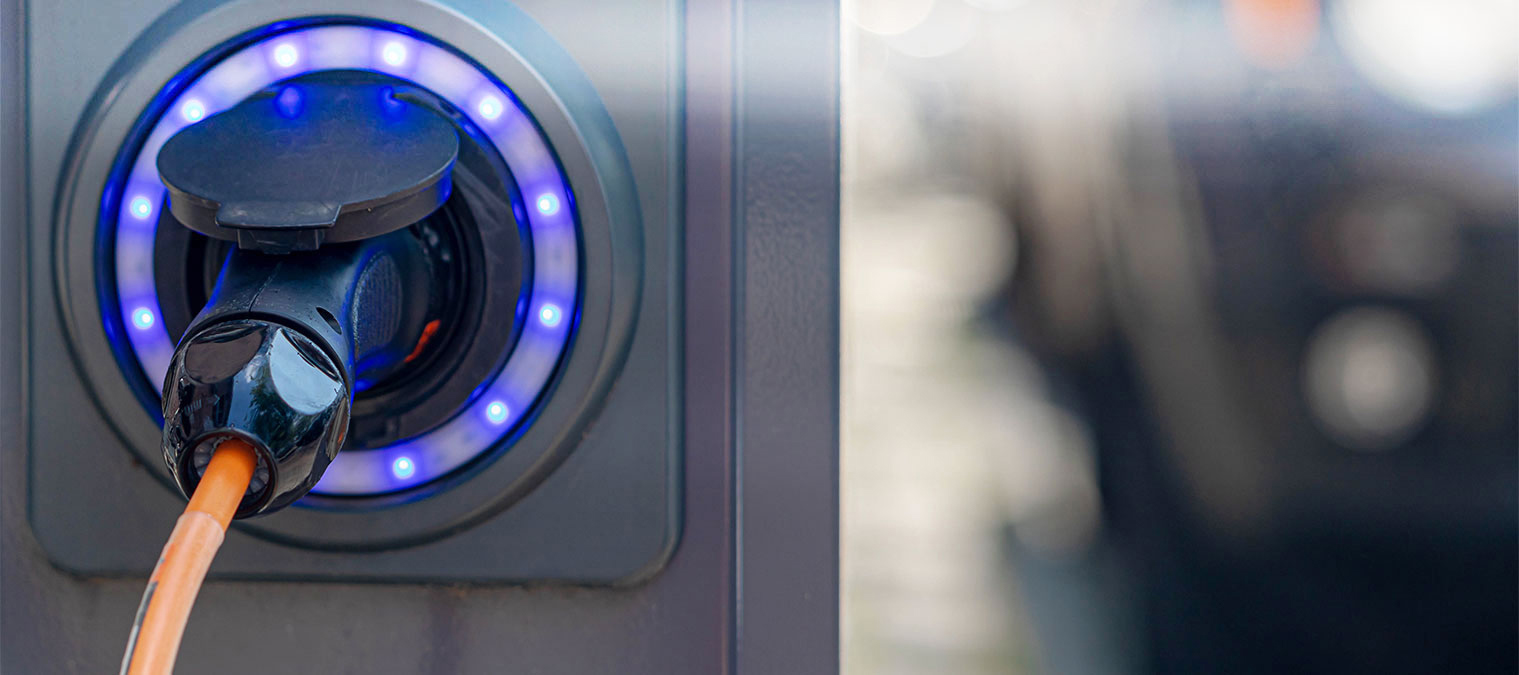Sodium intercalation batteries might prove to be a viable alternative of lithium ion batteries, which is both expensive and in short supply due to unavailability of lithium .Renewable energy sources being crucial to India's energy future, there is a huge need to develop scalable and cost effective storage technology with earth abundant materials to provide load balancing. Moving from lithium to sodium ion intercalation materials, electrochemical properties change significantly and electrochemical potential of intercalation drops. We need to understand those effects through electronic details, thus enabling rational design of Na-intercalation materials with energy storage performance close to existing Li-ion based materials .We do a comparative study of Na and Li intercalation in 3 cathode materials with very different crystal structures to understand this Two of these, layered cobalt oxide and iron phosphate with olivine structure are host cathode materials for commercial lithium ion batteries Newly discovered and promising material - iron fluoro-sulfate with tavorite structure is also studied for Li and Na ion intercalation.

